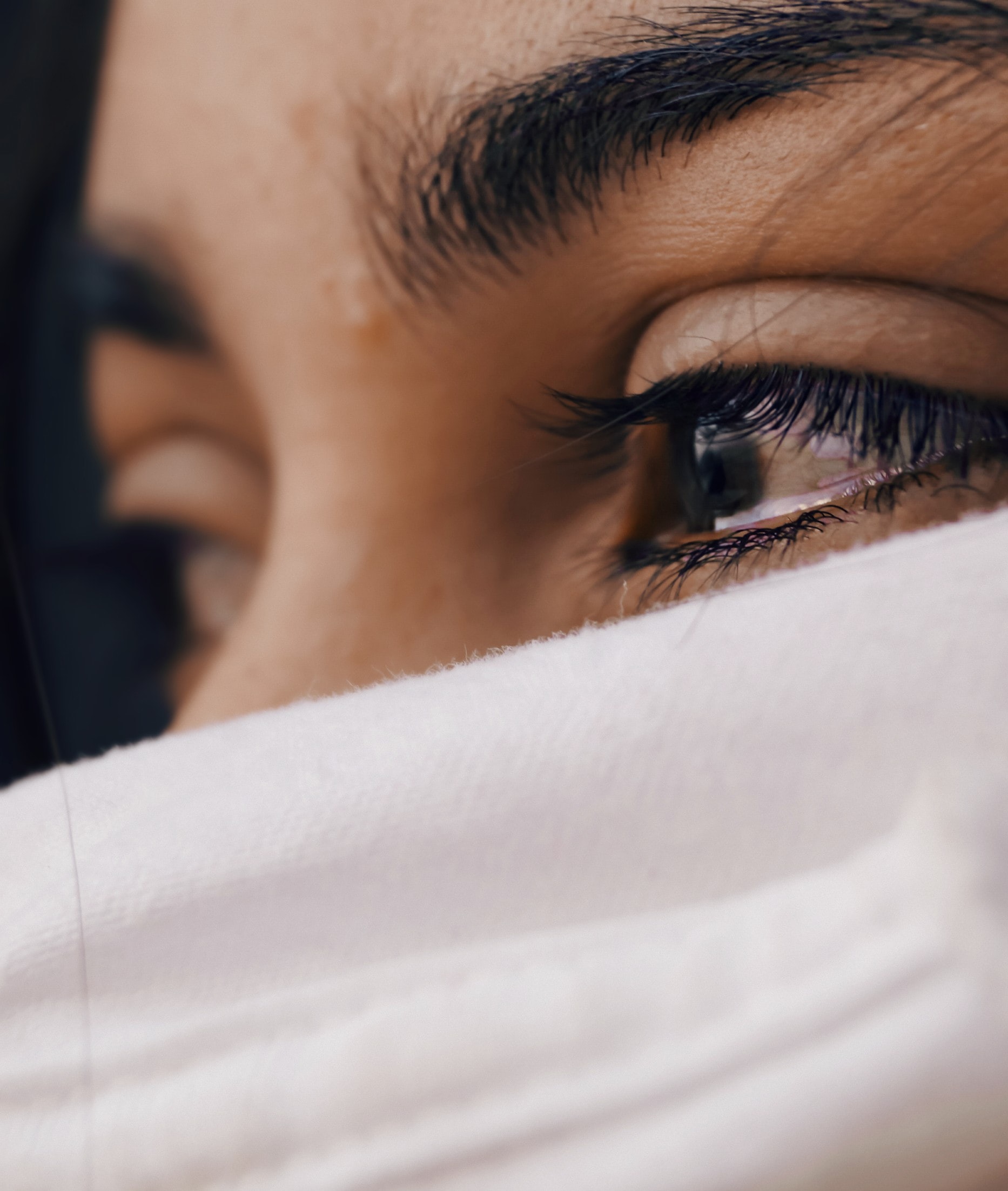Types of Trauma

Victims of any form of sexual violence can be left feeling severely traumatised.
One of our SV2 therapists has put the following information together, covering the following types of trauma:
- Rape Trauma Syndrome
- Posttraumatic Stress Disorder
- Complex Posttraumatic Stress Disorder
Rape Trauma Syndrome
“Rape Trauma Syndrome” was first used in 1974 as a way of describing the physical and emotional impact of rape and sexual violence on victims and survivors. Many of the symptoms of Rape Trauma Syndrome are the same as the symptoms of post-traumatic stress disorder. Some people prefer the terms “rape trauma” and “posttraumatic stress” as they believe it is important to emphasise that these symptoms are a result of a reaction to a traumatic event rather than symptoms of mental illness.
Posttraumatic Stress Disorder
The criteria for diagnosing Posttraumatic Stress Disorder (PTSD) suggests that symptoms of PTSD can occur after exposure to actual or threatened sexual violence. This can include:
- experiencing sexual violence directly yourself
- witnessing sexual violence
and/or
- learning that a close friend or family member has experienced sexual violence
Individuals with Posttraumatic Stress Disorder (PTSD) can experience some of the following symptoms:
- repeated intrusive memories of the traumatic event(s)
- repeated nightmares, difficulty falling asleep or staying asleep
- dissociation (a sense of feeling disconnected from present thoughts and feelings – this can include a complete loss of awareness of their present surroundings)
- flashbacks in which a person may feel that a traumatic event is happening again
- intense psychological distress or physical responses following exposure to anything that might resemble or symbolise an aspect of the traumatic event(s)
- inability to remember the aspects of the traumatic event(s)
- continued and intense negative beliefs about themselves, others, or the world
- a strong sense of self-blame
- continued strong feelings of fear, anger, irritability, guilt or shame
- a loss of interest in things they used to enjoy
- feeling detached from other people
- feeing unable to experience positive emotions such as happiness and satisfaction
- self-destructive behaviours
- hypervigilance (a feeling of extreme alertness)
- difficulty concentrating
Complex Posttraumatic Stress Disorder
Complex PTSD can occur individuals who have experienced multiple or repeated traumatic events or long-term abuse. Complex PTSD can be more severe if the traumatic events happened in childhood and/or the survivor is still in contact with the perpetrator. Symptoms of complex PTSD are similar to those of PTSD but may also include:
- difficulty controlling emotions
- physical symptoms (headaches, chest pains, stomach ache etc.)
- isolation
- difficulties in relationships
- risky behaviour
- self-harm
- alcohol and/or drug misuse
- suicidal thoughts
All individual experiences are different. Some individuals may experience symptoms immediately following sexual violence where others may not experience symptoms until sometime later. Similarly, some individuals may experience symptoms for a short while where others may experience symptoms for long periods of time. The symptoms an individual experiences may also change over time.
Recovery
Just as all individual experiences of PTSD are different, each individual experience of recovery following trauma is different. Common treatments include therapy and/or prescribed medication but there are lots of other things that individuals can find useful to help with their recovery or to help manage difficult symptoms, including trauma-informed yoga, reiki, and acupuncture.
Self-care
- Keep a diary or journal – express your thoughts, you may also begin to notice patterns in your feelings, symptoms and/or triggers.
- Try grounding techniques – grounding techniques can be done anywhere and can bring us back into the present moment. There are lots of different grounding techniques and different things work for different people. You could try focusing on your breath, or describing your current environment in detail; focusing on objects, colours, smells etc (e.g. the walls are white, there is a wooden table with four wooden chairs, there is a clock ticking)
- Make time for calming activities – whether it’s cuddling with pets, spending time outside in nature, or doing some yoga, finding activities that help you to feel safe and calm may help with symptoms
- Talk to someone about how you’re feeling – You could speak to a friend, a family member, your GP, a specialist helpline, or a therapist. You don’t need to talk about the traumatic event to share how you’re currently feeling
- Make a self care pledge -This helps you to to think about why self care is important, how to recognise what you need and also how to overcome your barriers. Tell someone you trust about your self care pledge, so that you have someone to check in with.
For more self care tips click here
At SV2 we offer counselling, support groups and have recently started to offer holistic therapies. To find out more click here:
Recent posts: